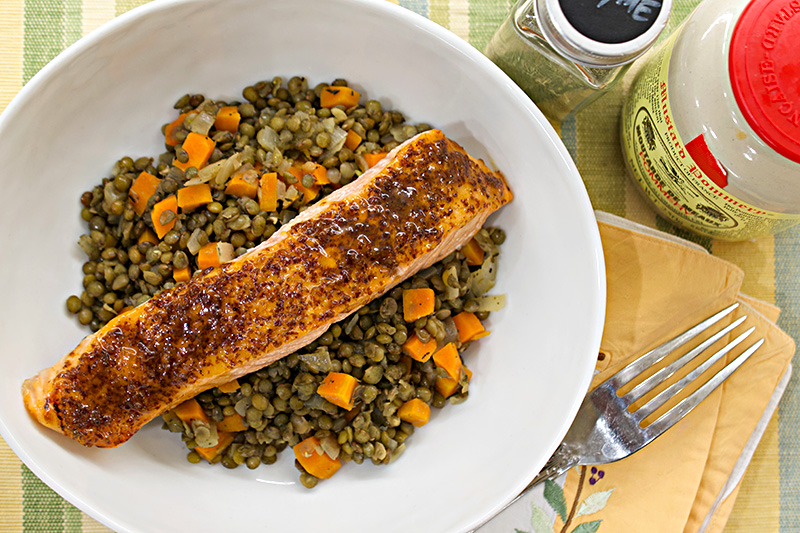
What is Lactose Intolerance?
The main sugar found in milk is lactose and is actually made up of two sugar molecules bound together (a di-saccharide). The body can’t absorb lactose and it must be broken down into the two sugar molecules (mono-saccharides) glucose and galactose. Many people lack the enzyme lactase that the body uses to break down lactose, so the “milk sugar” is not absorbed and passes from the small intestine to the large intestine (colon).
The problem is that the bacteria living in your large intestine love lactose. We think of these bacteria as the “good guys” (and they are) but while they are breaking down the lactose, the bacteria in the colon create lactic acid and other chemicals which cause many unpleasant effects, including abdominal bloating, gas, stomach cramps, flatulence, and diarrhea. More »
Recipes for those who are Lactose Intolerant

Breakfast
Breakfast might be the most important meal of the day. Studies have shown that those who skip breakfast tend to…

Beef, Lamb & Venison
Of course you can have beef! Beef is okay for you. It is the amount of fat in beef that…

Pork
These healthy pork main course recipes are labeled so that you’ll easily know which ones will fit into a low…

Chicken & Turkey
These healthy chicken and turkey recipes are labeled so that you’ll easily know which ones will fit into a low…

Shellfish
Shellfish are easier to cook than you might think. These healthy recipes will show you how quick, easy, and delicious…

Vegetarian
These delicious vegetarian main course recipes are labeled so that you’ll easily know which ones will fit into a low…

Extras, Sides, & Sauces
You know that vegetables are a healthy side dish. But so are starches like potatoes and rice! The secret is…

Soup
Soups are a great way to eat delicious, filling meals while eating healthy. A bowl of soup, a side salad,…

Salad
Full of vegetables, salads can be just as filling as any other main course recipe. Explore our delicious salad recipes…

Desserts
Desserts are an important part of eating well and eating healthy. The key is to consider desserts something you eat…
Who is Lactose Intolerant?
Lots of people. Most of us lose the ability to make the lactase enzyme after being weaned. It is those of mostly Northern European and Scandinavian descent who are still able to make the lactase enzyme well into adulthood. The theory is that those people who did tolerate lactose in an environment where cows were a main source of nutrition survived better and thus passed on the genes for making lactase more successfully.
This means that most other populations not farming such animals are lactose intolerant by adulthood. Here’s a rough breakdown:
* 80% of those of Asian descent
* 79% of Native Americans
* 75% of those of African descent
* 51% of Hispanic Americans
* 21% of Caucasians




